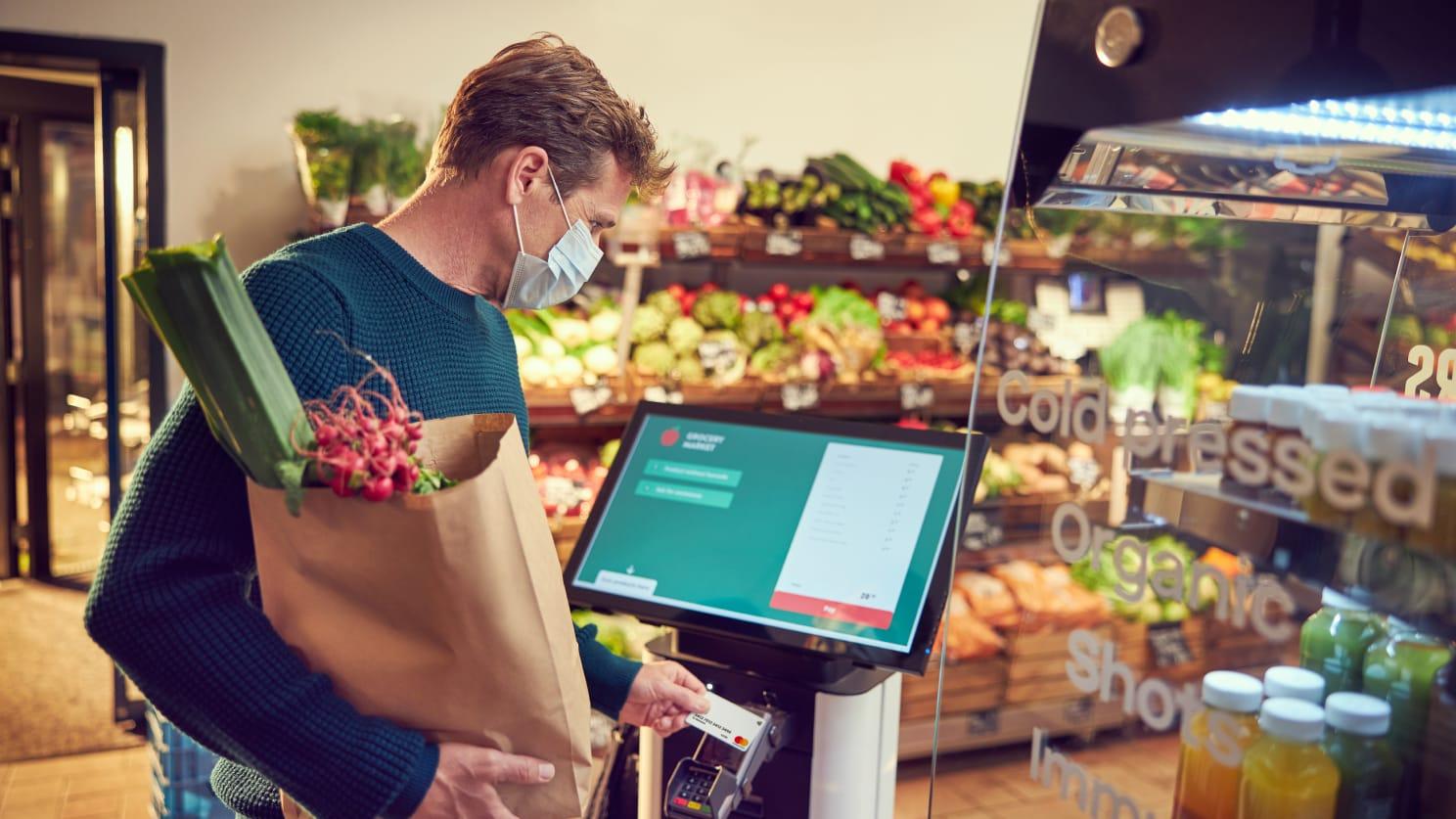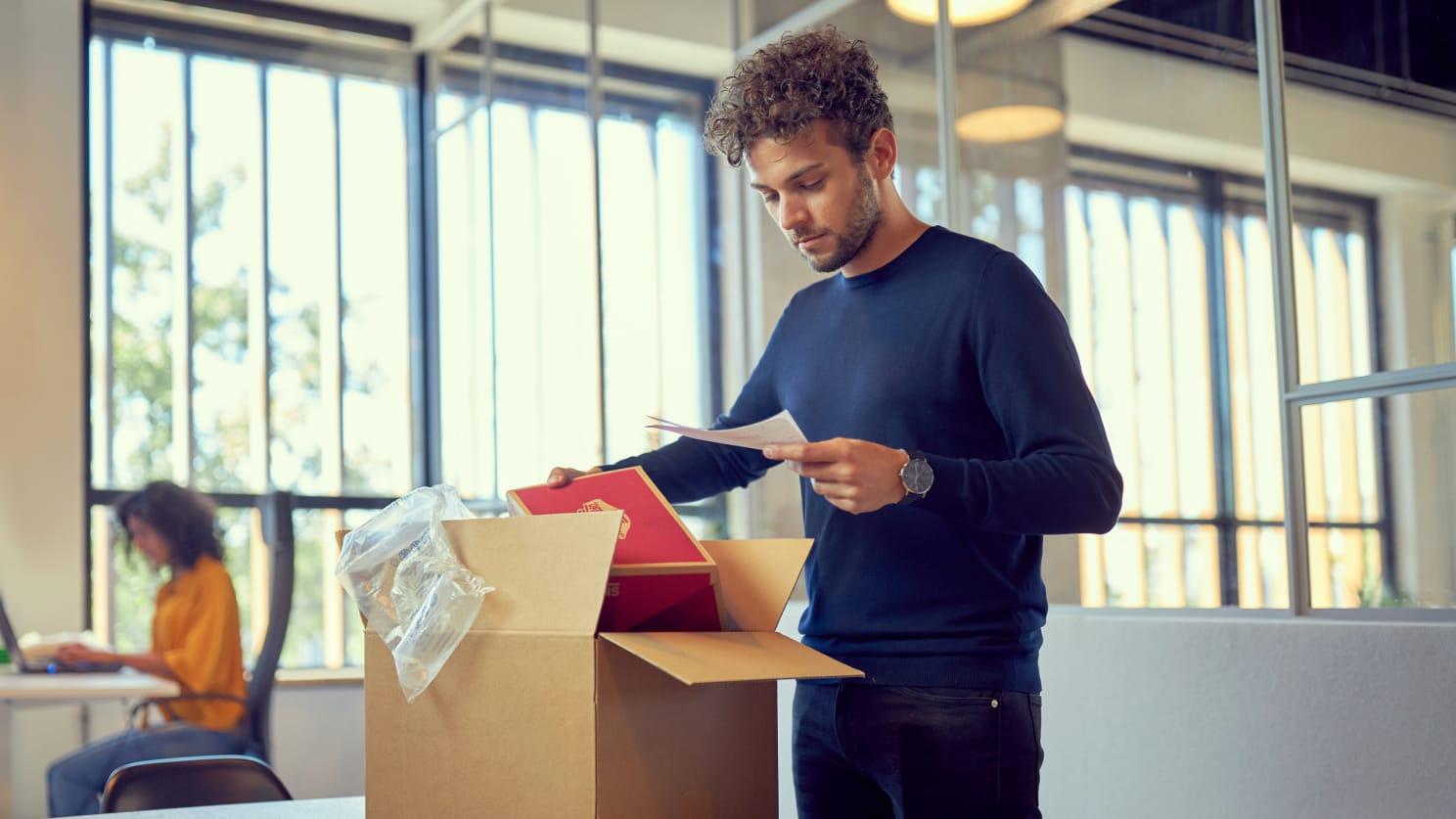Guides and reports
Securing customer loyalty in an uncertain world
Aesop, Domino’s Pizza, and Joe & The Juice explore how unified commerce can help increase customer loyalty in times of crisis.

Back in 2016, aJournal of Market researchexamining the effects of stress on saving and spending was published. It concluded that stress leads consumers to save but also to spend strategically on products they perceive as necessities (which explains the toilet paper mania). In 2020, stress levels for consumers are in a constant state of flux as pandemic peaks wreak havoc around the world. Not surprisingly, many are becoming more cautious spenders, scaling back and choosing to buy less, but better.

As consumers become more selective, securing their loyalty becomes critical. It's not enough to open their wallets, you have to win their hearts. The question is: What are the key drivers of customer loyalty in a market where things seem to change almost by the week?
To help you make sense of this new landscape, we commissioned the Centre for Economics and Business Research (CEBR) to provide analysis on the current state of retail and F&B businesses around the world. We’ve explored our own data to measure the impact of unified commerce on businesses' success. We’ve interviewed over 25,000 consumers across Europe, the US, Asia Pacific, and Brazil to understand what people expect from shopping and dining experiences today. And we spoke to leading brands including Aesop, Joe & The Juice, and Domino’s.
Here’s what we learned about customer loyalty.
Safety first
AsMaslow’s Hierarchy of Needswill tell you, a person has to feel safe before they can begin to think about fulfilling other demands. Our survey data confirms that consumers are still extremely worried about the health implications of shopping or dining out. 49% said they didn’t feel it was safe to be in close proximity with strangers. They’re also very clear in their expectations of businesses now.
Consumers want to see in-store technology implemented to reduce person-to-person contact.
Over half of consumers surveyed are worried about the hygiene of payment terminals and want businesses to adopt contactless payments contactless payments. They also want to see in-store technology implemented to reduce person-to-person contact.
Joe & The Juice was so successful in its use of technology to reduce contact that it was able to stay open throughout the lockdown. Through its app, customers could pre-order and pay in and collect their items from a table placed outside the store. A nice side-effect was that it saw app downloads soar. This in turn lead to an increase in new and loyal customers, as VP of Strategy & Business Development Thomas Evald explained:
"We’ll see digital channels prevail beyond the pandemic. They are safe and convenient. And convenience wins every time.”
“Concerns over health safety have accelerated the adoption of digital channels. And, once customers see how convenient and safe the app is, they stick with it. For example, once you’ve downloaded our pre-order app, you have your order history and your credit card details stored. So future orders are really easy. That’s why we’ll see these digital channels prevail beyond the pandemic. They are safe and convenient. And convenience wins every time.”
Domino’s franchisee Daufood has also made efforts to increase safety and put customers’ minds at ease. In-store kiosks let customers pay via an ecommerce transaction, which is linked to the store as CTO Javier Pastor explained: “Customers can place orders without having to go to the counter. We’ve already had some great feedback, especially now people want to keep their distance.”
Familiarity breeds devotion
Hugh Fletcher, global head of innovation at Wunderman Thompson Commerce believes in the ‘lockdown loyalty effect’. “Consumers will remember the brands and retailers that got them through the darkest lockdown days,” he explained. And our research confirms this to be true. 73% of global consumers said that they would continue to favor the businesses they relied on during the pandemic.
73% of consumers said that they would continue to favor the businesses they relied on during the pandemic.

A physical presence is also an advantage with 67% saying they will shop more with retailers located near them because they want them to stay open. And 43% are loyal to brands that have shops near them, even when shopping online. This is something that holds true for Domino’s Pizza, as its Head of Marketing Casper Mooyman, said: “The more stores you have, the more visible your brand and the more impactful your communication efforts.”
Stores are also becoming important as distribution centers. Casper: “We call them stores, but really they’re little factories. They allow us to deliver hot pizza to the customer quickly and efficiently.” Joe & The Juice also intends to use its stores as distribution channels, helping to lessen the impact of falling footfall in central business districts. Thomas: “Each store will cover customers within a five-mile radius. So even the stores for which foot traffic is low can continue to serve many customers.”
"Companies that have used technology to create a single pool of inventory have been able to leverage stores as local warehouses to fulfill customer needs."
This flexible approach towards sales channels and distribution is also a powerful tool for retailers. Jon Weg, previous VP of Global Retail IT at Burberry and CIO of the Body Shop explained: “Companies that have used technology to create a single pool of inventory have been able to leverage stores as local warehouses to fulfil customer needs. If implemented correctly, sales associates can confidently make sales from anywhere and still be rewarded with their appropriate commissions. They can talk to customers via any channel or device keeping both engagement and supply chains flowing. It’s also key to ensure the customer services team have visibility of this information so they can correctly respond to Customer queries.”
This continuity of service is critical if you want to retain customer loyalty and it was a priority for Aesop as GM of Digital and Technology, Robbie Tutt, explained: “Our challenge was: How do we bring that genuine and beautiful in-store experience to our digital channels? So we launched new customer service initiatives such as live chats and video consultations to ensure customers continued to have uninterrupted access to our products and expertise.”
A conscience counts
Not since the sixties have we seen such wide-spread marching and protests across the developed world. From the #MeToo movement, to Extinction Rebellion and Black Lives Matter, there are critical issues at stake. Values and attitudes have been put under the spotlight and, as consumers grow in social awareness, they expect brands to follow suit, as Robbie from Aesop said: “We have strong ethics behind the ways we develop our products. And we take our responsibilities to both people and planet very seriously. Consumers know what’s right and they expect brands to step up.”
"Consumers know what’s right and they expect brands to step up.”

This rise in conscientious consumerism is clearly marked in our research with 62% of global consumers saying that a retailer’s ethics is more important to them now as a result of the pandemic. And 59% say they will go out of their way to shop with responsible businesses that demonstrated a social conscience during the pandemic.
One way of raising awareness of and supporting important causes is to offer customers the opportunity to donate at the point of payment. This can be done online, in your app, and in your stores via services like Adyen Giving in which we take on the all costs of the donation transactions
The beginning of a beautiful friendship
“Take care of your customers and they’ll take care of you back.”
There’s never been a better time to build meaningful relationships with your customers. And payments technology will let you do this at scale. Help them feel safe by supporting contactless payments via cards, digital wallets, and QR codes which allow them to pay without touching anything. Give them further control by offering self-service kiosks or letting them place orders and pay online. And, if the payment data between your digital and physical channels is connected, you can build a centralised view of your customers across any location or device. This in turn can be used to run customer loyalty programs and tailor your communications to specific customers.
No one knows what to expect from the next six to 12 months so agility is critical. Now’s the time to invest in a digital infrastructure that will ensure you stay present and relevant to your customers, no matter what.
Read the report for the full story
Discover the concerns and expectations of consumers around the world, learn how a unified commerce approach can improve your customer loyalty, and read first-hand accounts from leading retailers and F&B businesses.
Take me to the report